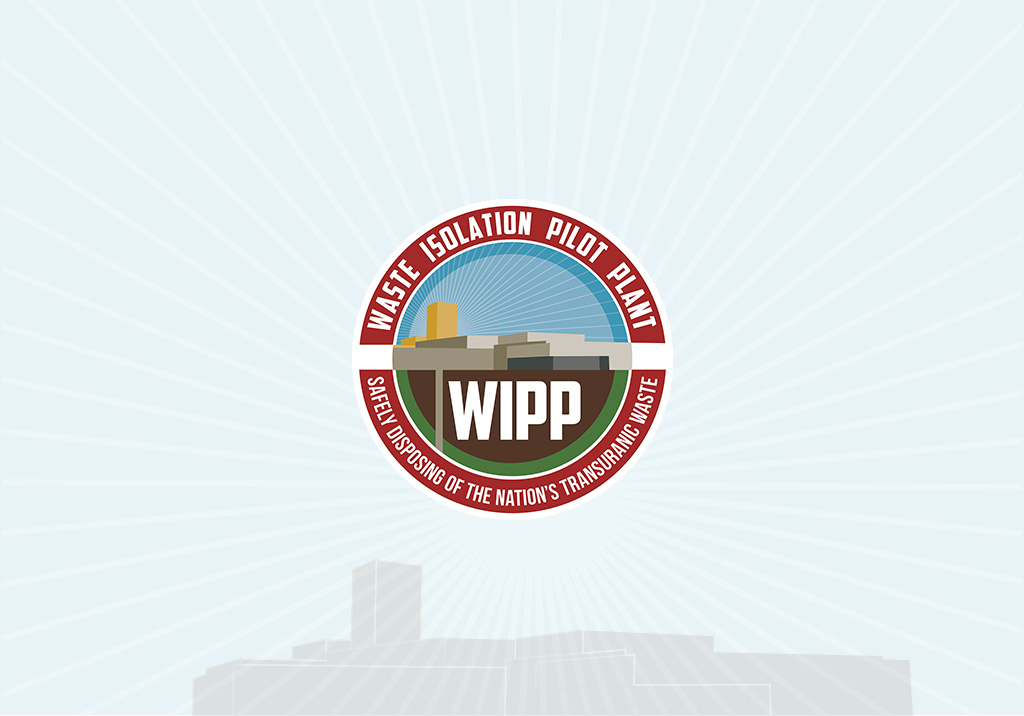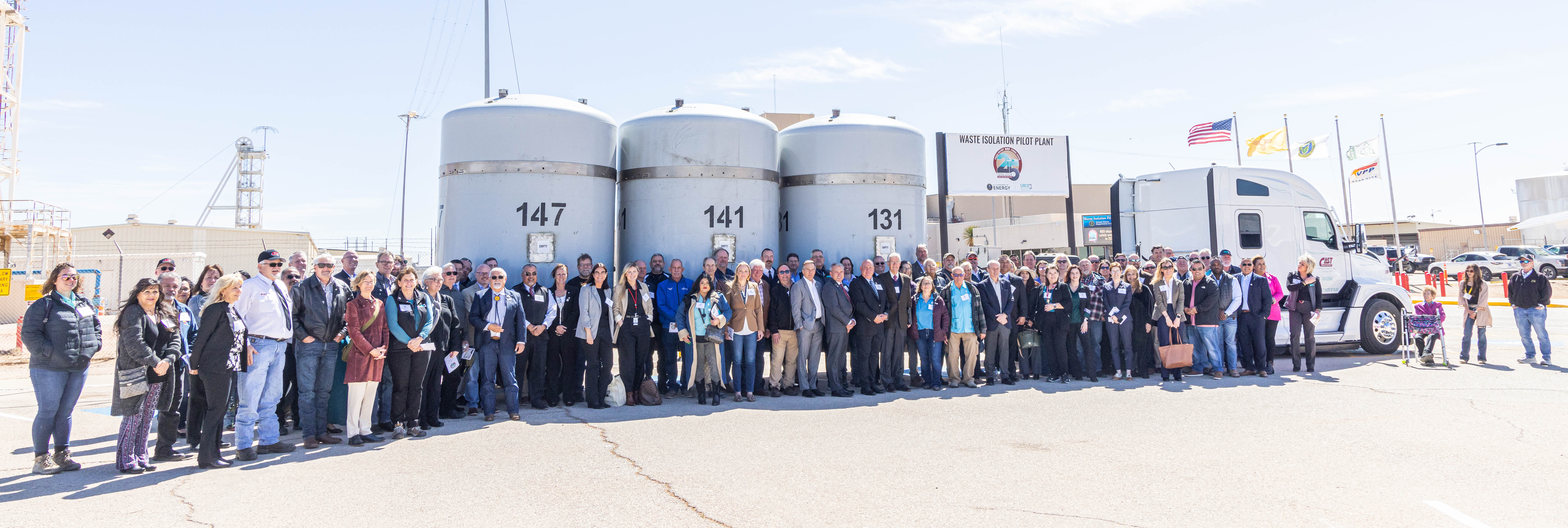
Announcement of Public Meeting
Apriil 2, 2024
WIPP 25th Anniversary
March 27, 2024
WIPP Celebrates 25th Anniversary of First Waste Receipt
CARLSBAD, N.M. — Yesterday, the U.S. Department of Energy (DOE) announced the Waste Isolation Pilot Plant (WIPP) reached a major milestone – 25 years of operations at the nation’s only deep, underground geological repository for disposal of transuranic (TRU) nuclear waste.
It was standing room only during the recognition ceremony at the WIPP site. Attendees included officials from DOE, the Defense Nuclear Facilities Safety Board, Mine Safety and Health Administration, the State of New Mexico Environment Department, elected New Mexico state officials, regional and local elected officials as well as community leaders and civic organizations.
“WIPP plays a vital role not only disposing of the nation’s TRU waste, but also in our national security,” said Ike White, senior advisor for the U.S. Department of Energy Office of Environmental Management. “Because of WIPP, more than 20 DOE sites have been able to safely dispose of their TRU waste, resulting in a reduced risk to millions of Americans.”
White added, “WIPP remains the cornerstone of the U.S. DOE’s important environmental cleanup mission, permanently disposing of the nation’s TRU waste.”
Twenty-five years ago, WIPP received its first shipment of defense generated TRU waste, marking the official beginning of operations. The shipment from the Los Alamos National Laboratory was safely transported and disposed of in the WIPP underground disposal area.
“This is an exciting day for our employees and the surrounding area,” said Mark Bollinger, Carlsbad Field Office manager. “Without the dedication of the workforce, we would not be here today. Their attention to detail and safety is the reason WIPP has been so successful.”
Since beginning operations in 1999, WIPP has safely traveled over 16.5 million loaded miles (this would equate to approximately 34 round trips to the moon). This has led to the safe disposal of over 285,000 waste containers in the WIPP underground.
About WIPP:
TRU waste began accumulating in the 1940s with the beginning of the nation's nuclear defense program. As early as the 1950s, the National Academy of Sciences recommended deep disposal of long-lived TRU radioactive wastes in geologically stable formations, such as deep salt beds.
